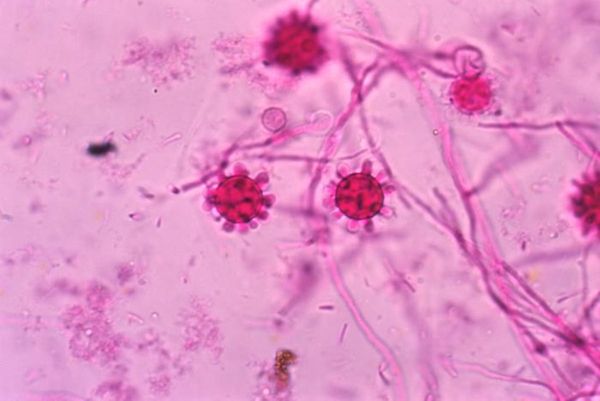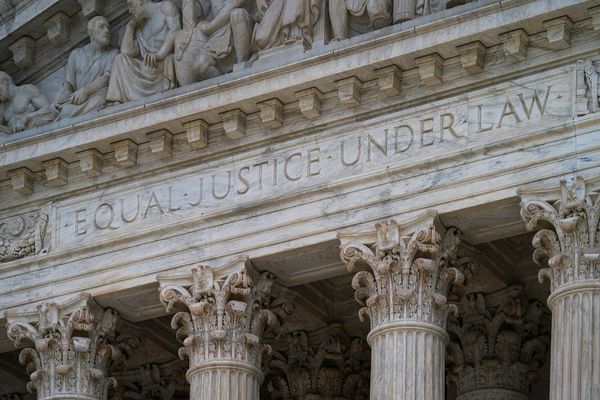
The loss of crocodiles and alligators would have a devastating impact on other species, warned conservationists as they demanded better protection for the threatened amphibians.
More than half of all crocodilians – which includes crocodiles, alligators and caimans – are facing extinction, say scientists.
They say habitat loss, hunting, fishing and damming of rivers are all threats to crocs.
Each species plays different, but important roles in the wider ecosystem, such as creating shelter for other animals by burrowing or by feeding on invasive, agricultural pests.
Researchers led by the Zoological Society of London (ZSL) have studied the important ecological functions and have said that up to 38 percent of them are at risk of being lost.
Lead author Phoebe Griffith said: “Many people think of crocodilians as large predators, grabbing zebra in wildlife documentaries, but that’s just a small part of the behavior of a single species.
“There are around 28 species of crocodilian, and they’ve evolved to be surprisingly different to one another.

“Quantifying the diverse ecological roles of these species is an important factor in understanding and conserving global biodiversity and looking at the scale of what we are set to lose if these key players disappear.”
Publishing their work in the journal Functional Ecology, the researchers identified which species are in most need of conservation.
They also investigated the various roles they play by measuring characteristics such as skull shape, body size and habitat use, which influence the way they behave in their environment.
Crocodilians are vital engineers of the ecology in which they live.
Some, like the saltwater crocodile, travel hundreds of miles across the open ocean, going from land to fresh and salt water, carrying nutrients between these different ecosystems.
Ms. Griffith, a ZSL PhD student, added: “If we lose these species, we stand to lose the important roles they play, forever.
“We are only just beginning to investigate what these roles are, but some species may be lost before we have chance to understand their place in the ecosystems they are found.
“This is especially worrying as many of the crocs we highlight as ecologically distinctive are also the species at immediate risk of extinction.”
The study found that conserving threatened crocodilians based on their evolutionary uniqueness would help preserve the diversity of the species worldwide.
But of the 10 species that have the most unique ecological functions, six are critically endangered and are so few in number that they are considered functionally extinct in most of the areas where they have traditionally lived.
Researchers also found that certain traits can help the animals survive – those that reproduce a lot, are highly adaptive to different habitats or can tolerate climate extremes.
The coastlines and freshwaters they inhabit are fragile and under heavy human pressure, particularly in and around Asia, which the study identified as having the most threatened hotspots.
The two most threatened species, the gharial and Chinese alligator, have been marked as a priority by ZSL’s EDGE of Existence program.
EDGE Postdoctoral Research Scientist, Dr. Rikki Gumbs said: “From miniature burrowing alligators to giant sea-faring crocodiles, the vast evolutionary journey of crocodilians has produced a dazzling variety of shapes, sizes and behaviors.
“Sadly, many of the world’s most unique crocodilians are in decline and, along with the functions they perform in their ecosystems, are on the brink of being lost forever.
“However, our research shows that we can safeguard much of the diversity we stand to lose by prioritizing the most unique species for conservation action.
“Interestingly, we can also efficiently protect the threatened functions of crocodilians by aiming to conserve their evolutionary history.
“In essence, by looking to the distant past we can effectively conserve crocodilian diversity, and the benefits this diversity provides to ecosystems, into the future.”

The gharial is especially adapted to living in water and it has a long, narrow snout ideal for catching fish. Its presence indicates a clean and healthy waterway.
ZSL said it has been working with partners in India and Nepal as well as local fishing communities to monitor the reptiles and help them live alongside people.
Co-author of the current study, Professor Jeffrey Lang of the Gharial Ecology Project, said: “People are the key to crocodilian conservation. If we value having these dinosaur relatives around, then conserving the world’s alligators, caiman, crocodiles, and gharials will be a priority.
“Studying them and understanding how important these aquatic predators are, in the places where they still live, is the necessary first step in ultimately conserving not only the most impressive crocodilians, but also their many interesting and diverse lifestyles.
“Community gatherings and environmental programs in village schools are vital for local awareness of and appreciation for all resident wetland species, including crocodilians.”
Ms. Griffith added: “Our study highlights the highly threatened nature of crocodilians and that immediate, stronger conservation action for many of these species is essential if we are to protect their ecological functions in the freshwater habitats they occur in.
“This is so important as freshwater habitats are amongst the most threatened on Earth, but provide many critical services for our planet.”
Produced in association with SWNS.







